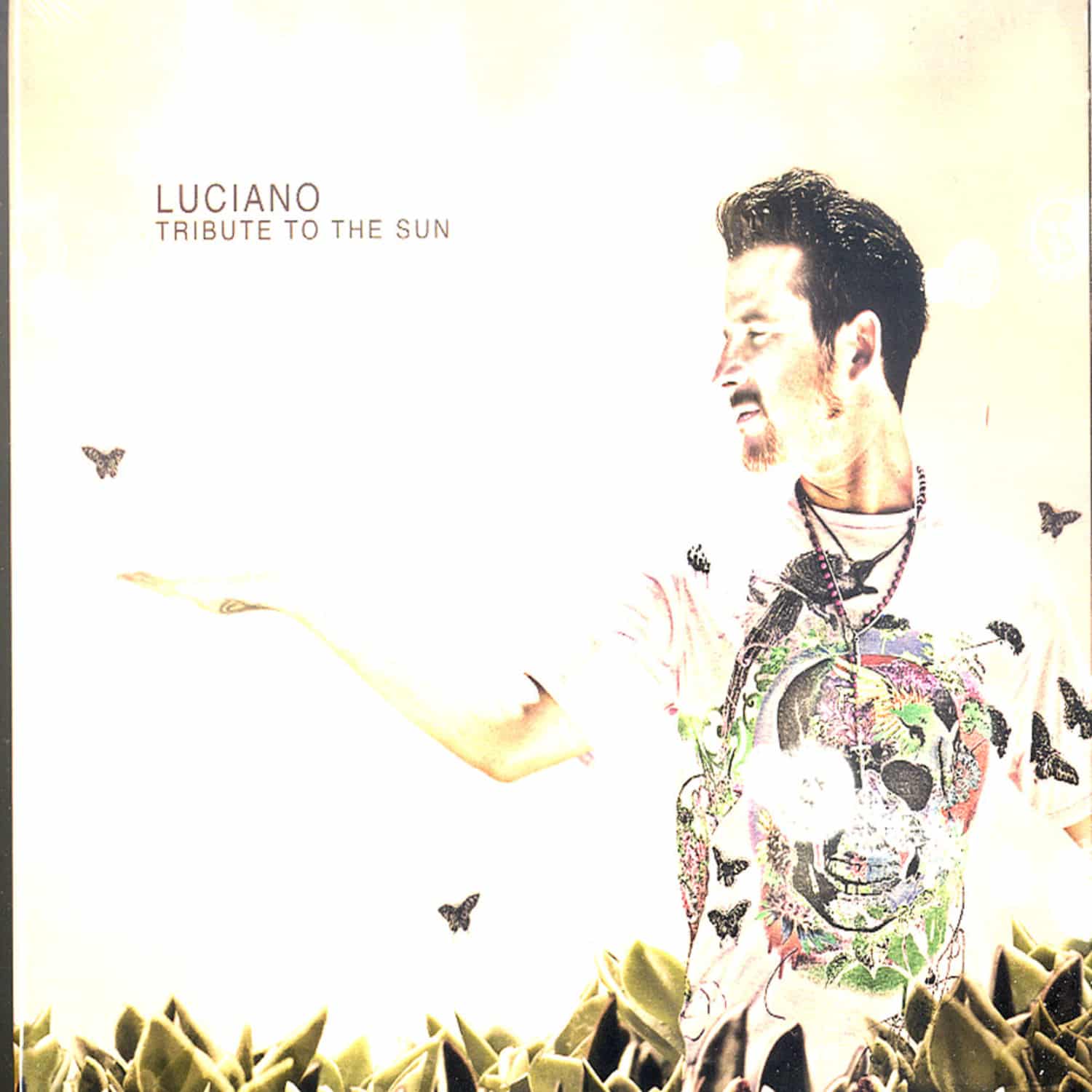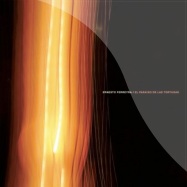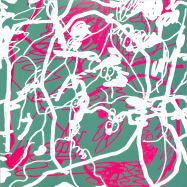
e-mail reminder
If this item in stock, then you will get an infomation E-Mail!At its heart, the album celebrates the communal ideal of dance music with spirited, percussive tracks offering a clear distillation of what could only be described as the Cadenza sound. But Mirko also diverges from the dance floor, ducking into shadowy corners in search of more private emotions. Rather than scattering energy, that tension between moods helps bind the album into a potent, coherent whole.
Its always a special event when Cadenza releases an artist album, given their relative rarity. In fact, not counting copious doublepacks, the Cadenza Contemporary 01 mix CD, and Ricardo Villalobos counterintuitively titled Achso EP, there has only been one so far: Los Updates First If You Please. Making things even more special, Mirko Lokos Seventynine is both his debut solo album and his first appearance on Cadenza, all adding up to a triply celebratory moment. Not that Mirko is a newcomer: as part of Lazy Fat People, he lapped up accolades for releases on Border Community, Wagon Repair and Carl Craigs Planet E, among others. And no one can forget last years Family EP, a collaborative effort by Mirko and Luciano, released on Loco Dice and Martin Buttrichs Desolat. Now, with Seventynine, Mirko takes us even deeper into his musical imagination, introducing listeners to a side of him they may not have heard before. At its heart, the album celebrates the communal ideal of dance music with spirited, percussive tracks offering a clear distillation of what could only be described as the Cadenza sound. But Mirko also diverges from the dance floor, ducking into shadowy corners in search of more private emotions. Rather than scattering energy, that tension between moods helps bind the album into a potent, coherent whole. Sidonia opens, immediately announcing that this wont be merely business as usual. With its groaning sub-bass and flickering percussive flashes, the track echoes the dubby, drifting melancholy of classic Warp records-always, in truth, a key influence for Cadenza. Bells and voices lend an atmosphere of shimmering energy thats carried over into Around the Angel, which sails jubilantly forward, propelled by intricate polyrhythms and uplifting female vocals.










